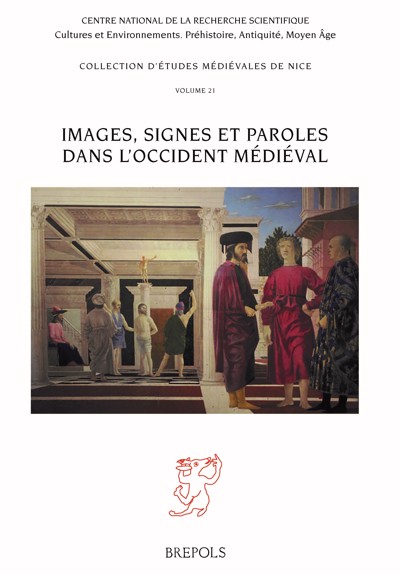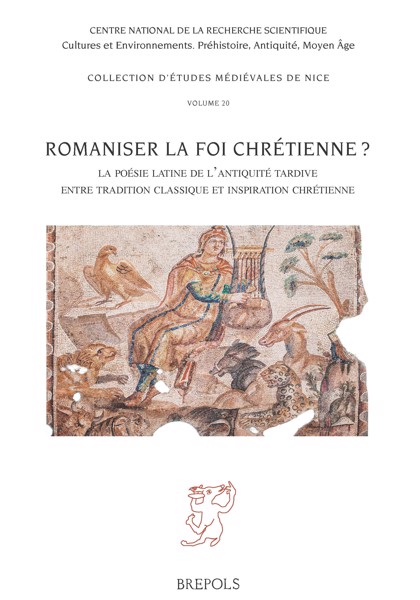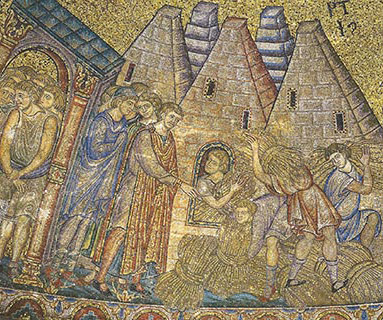
Source : https://pum.univ-tlse2.fr/~Mises-en-reserve~.html#
Dépôt saisonnier des fruits de la récolte, lié au cycle annuel de la consommation, ou formes de stockage plus durable, offrant la perspective d’un usage différé des produits de la terre : les dispositifs de mise en réserve des céréales, qui constituaient la base de l’alimentation dans les sociétés occidentales du passé ainsi qu’un important levier de mobilisation et de circulation des richesses, représentent une dimension essentielle des économies anciennes.
Les contributions d’historiens et d’archéologues, spécialistes des époques médiévale et moderne, qui sont réunies dans cet ouvrage, s’attachent à l’ensemble du processus de production, d’accumulation et de redistribution des grains dans lequel s’inscrivaient les pratiques de stockage. Il y est tout à la fois question des techniques de conservation des céréales et des structures de dépôt, silos, granges, greniers ou entrepôts, des politiques et des réseaux d’approvisionnement, ainsi que des institutions sociales liées à la mise en réserve des fruits du labeur humain. Cet ouvrage propose ainsi un premier panorama des problématiques et des connaissances relatives au stockage des céréales dans l’Occident médiéval et moderne.
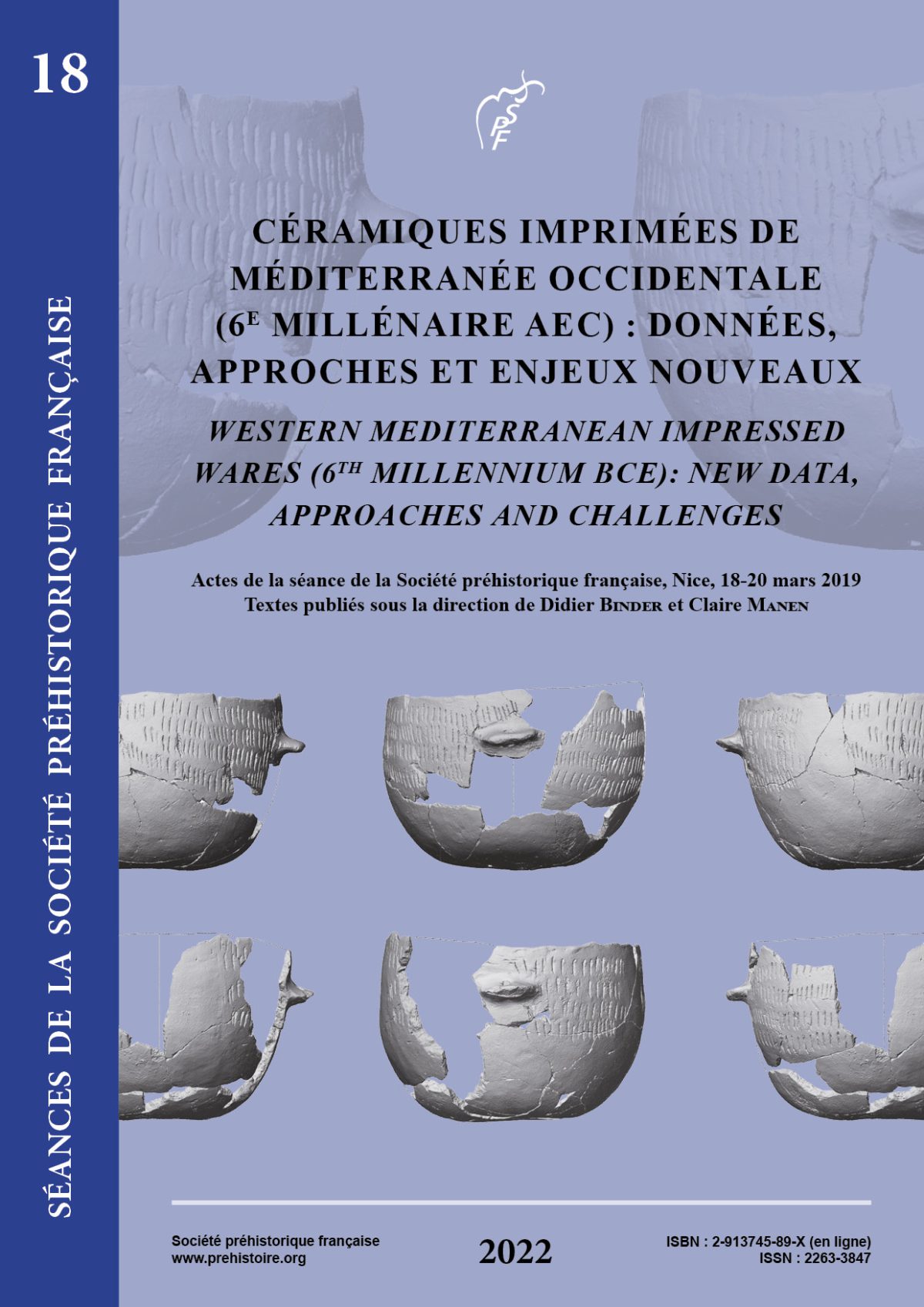
Source : https://www.prehistoire.org/offres/gestion/actus_515_44727-632/accEs-libre-seance-18-ceramiques-imprimees-de-mediterranee-occidentale.html
La séance organisée par la Société préhistorique française, du 18 au 20 mars 2019 dans les locaux de la Maison des Sciences de l’Homme et de la Société Sud-Est à Nice, avait pour principal objectif de réunir les acteurs du projet « Céramiques imprimées de Méditerranée occidentale », soutenu de 2015 à 2019 par l’Agence Nationale de la Recherche, pour en rendre compte et en discuter les principaux résultats. Les approches transdisciplinaires mises en œuvre dans ce contexte ont permis de développer de nouveaux protocoles et d’ouvrir de nouvelles pistes méthodologiques pour l’étude du document céramique, de contribuer à une redéfinition des cadres chronologiques et culturels, et ainsi de nourrir, parfois de réorienter, les problématiques relatives aux pratiques sociales à l’œuvre lors de la transition néolithique en Méditerranée centrale et nord-occidentale au cours de la première moitié du 6e millénaire AEC. En s’appuyant sur des méthodes empruntées à différents domaines scientifiques qui, pour certaines d’entre elles, sont d’un usage encore peu répandu dans celui de l’archéologie préhistorique, les auteurs de cet ouvrage souhaitent également contribuer à un changement de régime de la preuve pour l’étude des cultures matérielles et des matériaux anciens. En partageant les jeux de données acquis au cours de ce programme ils affichent également leur engagement en faveur d’une Science Ouverte.
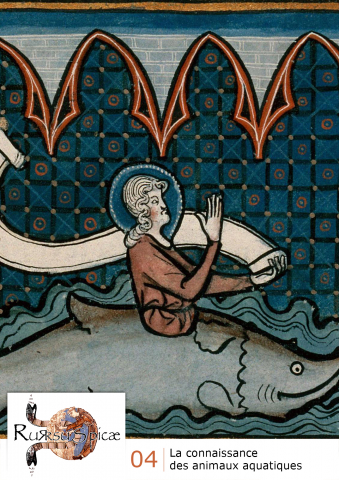
Source : https://doi.org/10.4000/rursuspicae.2059
Le milieu élémentaire, ou ce que nous appelons le biotope, constitue dans la perception des animaux durant l’Antiquité comme au Moyen Âge un critère essentiel. C’est pourquoi les dauphins ou les crabes ont plus à voir avec les poissons qu’avec les mammifères terrestres ou les arachnides. Il semble que cette priorité donnée au milieu dans la construction des catégories soit culturellement très répandue et probablement encore vivace y compris dans notre regard moderne. La terminologie latine donnait aux animaux aquatiques le nom général de pisces ou aquatilia. Ce numéro s’attache précisément aux savoirs portant sur ces animaux « qui vivent dans l’eau ». Dans un sens étendu, l’ichtyologie ancienne ne concerne donc pas uniquement les poissons, mais tous les animaux aquatiques (cétacés, crustacés, mollusques, etc.), y compris certaines espèces amphibies comme le crocodile ou l’hippopotame, sans oublier les monstres et autres animaux plus ou moins imaginaires. Il existe une longue tradition de transmission des savoirs sur les animaux aquatiques, depuis Aristote et la tradition péripatéticienne. Elle passe par un canal étroit dans le monde latin, en particulier par les grands relais savants que sont Pline, Solin et Isidore de Séville, des hommes curieux et cultivés qui sont les pédagogues du monde latin en matière d’histoire naturelle. Cette tradition latine conduit aussi, sans que ce soit un aboutissement, aux bestiaires et aux encyclopédies médiévales, après avoir convoyé avec elle d’autres bagages culturels […]
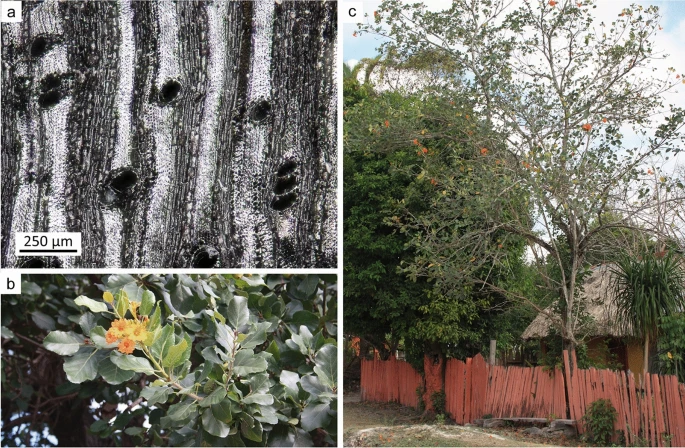
Source : https://doi.org/10.1007/s10814-022-09180-w
Abstract
We focus on pre-Columbian agricultural regimes in the Maya Lowlands, using new datasets of archaeological wood charcoal, seeds, phytoliths, and starch grains; biological properties of plants; and contemporary Indigenous practices. We address inherited models of agriculture in the lowlands: the limitations of the environment (finding more affordances than anticipated by earlier models); the homogeneity of agricultural strategies (finding more heterogeneity of strategies across the lowlands than a single rigid template); the centrality of maize in agriculture (finding more reliance on root crops and tree crops than historically documented); the focus on the milpa system as food base (finding more agroforestry, homegardening, horticulture, and wild resource management than previously documented); the dominance of swidden strategies in agricultural practices (finding more diverse practices than accounted for in most models); and the foregrounding of maize crop failure in collapse models (finding more evidence of resilience and sustainable agricultural practices than predicted).
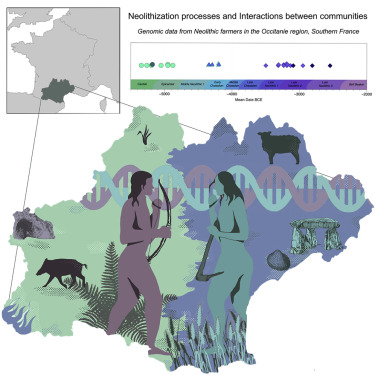
Source : https://www.inee.cnrs.fr/fr/cnrsinfo/dirait-le-sud-rencontres-entre-groupes-neolithiques-et-chasseurs-cueilleurs-en-occitanie
Article : https://doi.org/10.1016/j.isci.2022.105387
Archaeological research shows that the dispersal of the Neolithic took a more complex turn when reaching western Europe, painting a contrasted picture of interactions between autochthonous hunter-gatherers (HGs) and incoming farmers. In order to clarify the mode, the intensity, and the regional variability of biological exchanges implied in these processes, we report new palaeogenomic data from Occitanie, a key region in Southern France. Genomic data from 28 individuals originating from six sites spanning from c. 5,500 to c. 2,500 BCE allow us to characterize regional patterns of ancestries throughout the Neolithic period. Results highlight major differences between the Mediterranean and Continental Neolithic expansion routes regarding both migration and interaction processes. High proportions of HG ancestry in both Early and Late Neolithic groups in Southern France support multiple pulses of inter-group gene flow throughout time and space and confirm the need for regional studies to address the complexity of the processes involved.
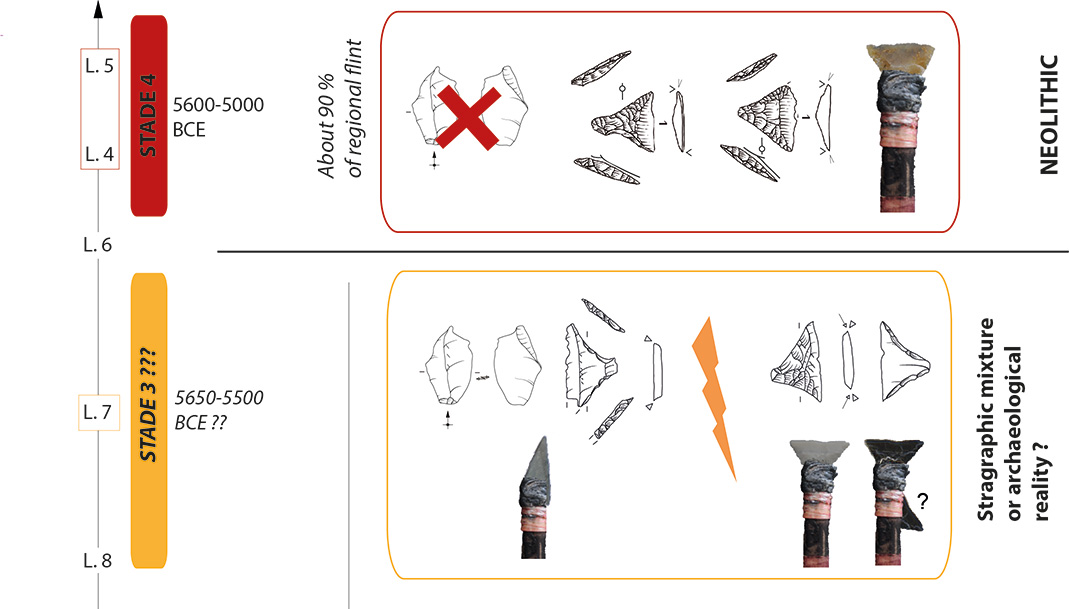
Source : https://doi.org/10.1515/opar-2022-0261
Abstract: The use of weapons, and therefore of arrowheads, contributed to structuring the technical, economic, social and cultural domains. In the technical sphere, emblematic projectile armatures are often considered to be loaded with cultural values and to embody the expression of human group identity. The study of their variability, in time and space, can shed light on mechanisms of mutation and innovation stemming from adaptative strategies and cultural choices.
During the seventh and sixth millennia, the renewal of arrowheads corresponds to major changes in lithic equipment. Between the Late Mesolithic and the Early Neolithic, we observe a diversification of arrowhead shapes and the evolution of represented types. These observations enhance interpretative scenarios, especially questions concerning the transfer of know-how, techno-economic renewal and neolithization. This paper proposes to study these changes at the sequence of the Baume de Montclus site, a key site in Southern France. The selected sequence covers 1.5 millennia of occupation, roughly from 6500 to 5000 BCE cal., with a corpus of geometric bitruncations of about 650 pieces. The combined study of microwear and technological and typological data leads to a comprehensive interpretation of manufacturing processes, hafting methods and function. These analyses provide valuable information on the diversity of arrowheads, the identification of specific technical traditions and the characterization of techno-functional ruptures throughout this sequence. These results will subsequently be integrated in a wider, regional and extra-regional context, with a particular focus on the emergence of blade and trapeze complexes and the neolithization of the western Mediterranean basin.
Key-word: Arrowheads, use-wear analyses, typo-technological study, technical traditions, neolithization.
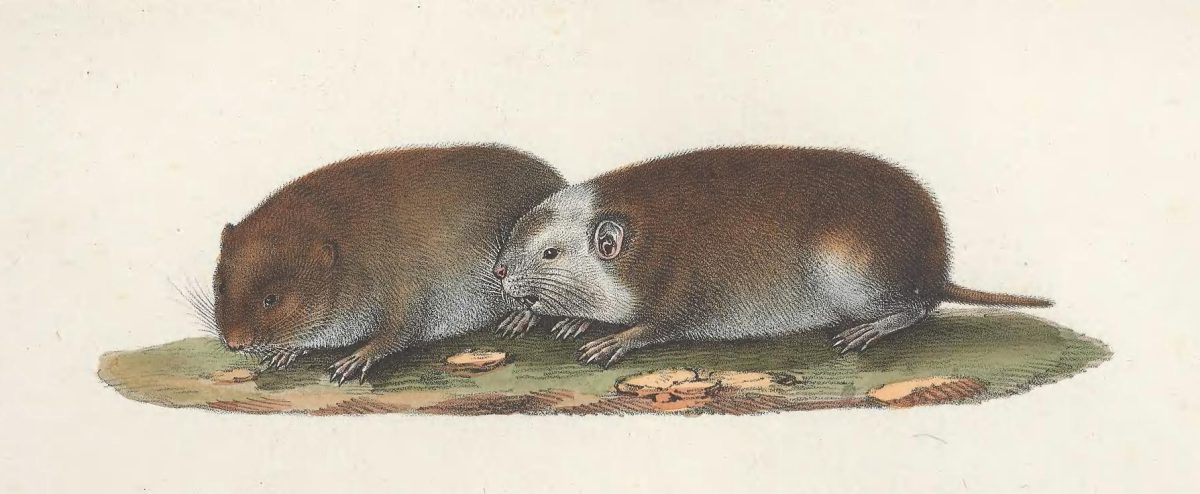
Many species experienced population turnover and local extinction during the Late Pleistocene. In the case of megafauna, it remains challenging to disentangle climate change and the activities of Palaeolithic hunter-gatherers as the main cause. In contrast, the impact of humans on rodent populations is likely to be negligible. This study investigated which climatic and/or environmental factors affect the population dynamics of the common vole (Microtus arvalis). This temperate rodent is widespread across Europe and was one of the most abundant small mammal species throughout the Late Pleistocene. A dataset comprised of 4.2 kb long fragment of mitochondrial DNA (mtDNA) from 148 ancient and 51 modern specimens sampled from multiple localities across Europe and covering the last 60 thousand years (ka) allowed to reconstruct – by using We used Bayesian inference – their phylogenetic relationships and to estimate the age of the specimens that were not directly dated. The time to the most recent common ancestor of all last glacial and extant common vole lineages was estimated to be 90 ka ago and the divergence of the main mtDNA lineages present in extant populations to between 55 and 40 ka ago, which is earlier than most previous estimates. Several lineage turnovers were detected in Europe during the period of high climate variability at the end of Marine Isotope Stage 3 (MIS 3; 57–29 ka ago) in addition to those found previously around the Pleistocene/Holocene transition. In contrast, data from the Western Carpathians suggest continuity throughout the Last Glacial Maximum (LGM) even at high latitudes. The main factor affecting the common vole populations during the last glacial period was the decrease in open habitat during the interstadials, whereas climate deterioration during the LGM had little impact on population dynamics. This suggests that the rapid environmental change rather than other factors was the major force shaping the histories of the Late Pleistocene faunas.
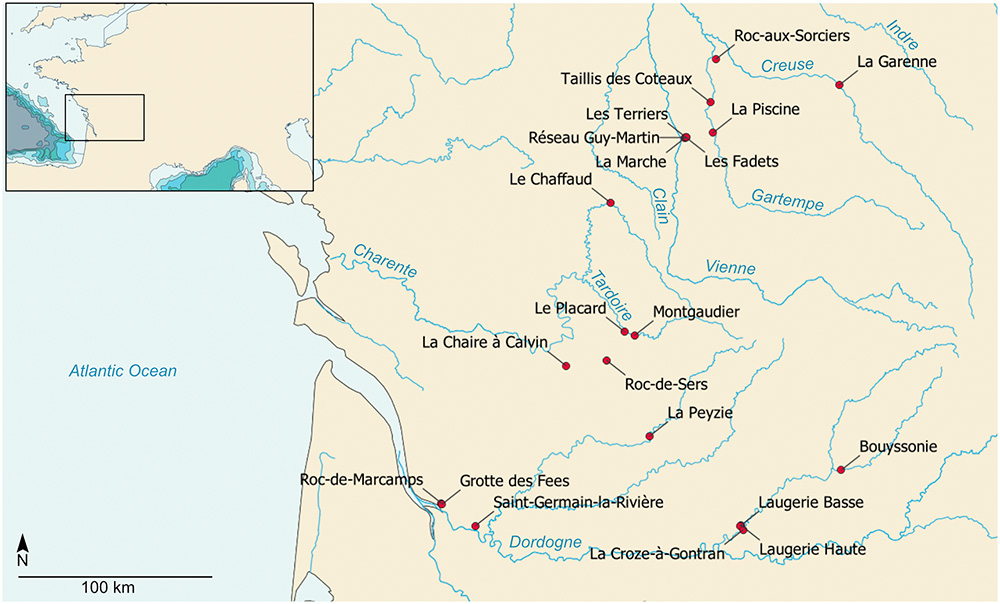
Source : https://doi.org/10.1371/journal.pone.0274819
The beginning of the Middle Magdalenian is marked by an increase in the density and geographic extension of evidences of human occupation across western Europe. The Early Middle Magdalenian (19,5–17,5 ka cal. BP) thereby extends from Poland to Spain, and the sharing of the flint-knapping concepts and the circulation of raw materials show the existence of networks active over this wide area. In parallel, part of the production of art, ornaments, microliths, bone industry, and the proportions of hunted ungulates vary regionally and allow to identify distinct technical traditions. Departing from a palethnographic approach at a regional scale, this paper aims at participating in renewing our understanding of the mechanisms of regionalisation during the period, and among past societies of hunter-gatherers. The reflection is based on the techno-functional analysis of stone tools from two cave sites of west-central France that are at the heart of the definition of two technical traditions: La Marche (Magdalenian with Lussac-Angles points) and the Blanchard cave (Magdalenian with navettes). Inter-site comparisons of the functioning and management of stone tools, and of subsistence strategies show the sharing of techno-economical norms, expressing the adhesion to a wider community of practice. The long-term occupation of at least part of the caves and the high density of sites in the Vienne, the Creuse, the Gartempe, and the Charente Valleys, indicate the strong regional implantation of human societies. This strong territoriality (effective and symbolic) is likely a major factor to understand the specificity of the EMM expressions in the area, as well as the sharing, in the same economic territory, of technical norms and of part of the system of symbolic representation.





